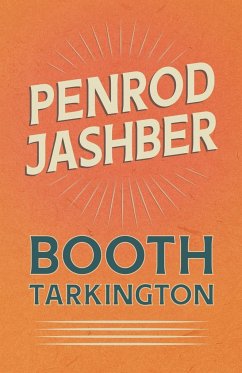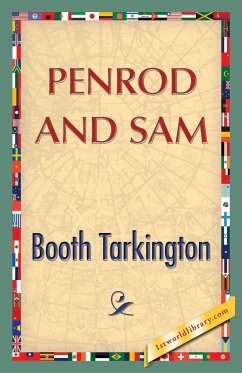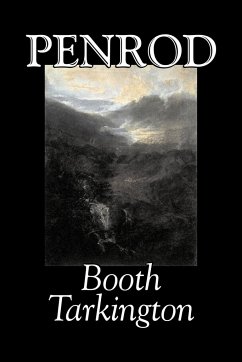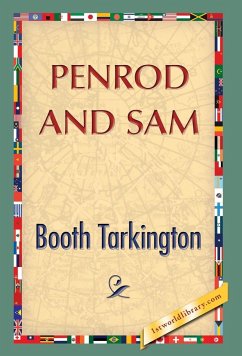
Penrod
Versandkostenfrei!
Versandfertig in 1-2 Wochen
20,99 €
inkl. MwSt.

PAYBACK Punkte
10 °P sammeln!
Newton Booth Tarkington (1869¿1946) was an American dramatist and Pulitzer Prize-winning novelist. Among only three other novelists to have won the Pulitzer Prize more than once, Tarkington was one of the greatest authors of the 1910s and 1920s who helped usher in Indiana's Golden Age of literature. In his 1914 work ¿Penrod¿, Tarkington presents a series of sketches that depict the adventures of an eleven-year-old boy called Penrod Schofield living in the American Midwest shortly before World War I. A charming tale of youth reminiscent of Mark Twain's ¿Huckleberry Finn¿, ¿Penrod¿ create...
Newton Booth Tarkington (1869¿1946) was an American dramatist and Pulitzer Prize-winning novelist. Among only three other novelists to have won the Pulitzer Prize more than once, Tarkington was one of the greatest authors of the 1910s and 1920s who helped usher in Indiana's Golden Age of literature. In his 1914 work ¿Penrod¿, Tarkington presents a series of sketches that depict the adventures of an eleven-year-old boy called Penrod Schofield living in the American Midwest shortly before World War I. A charming tale of youth reminiscent of Mark Twain's ¿Huckleberry Finn¿, ¿Penrod¿ created the characters and set the foundation for two other novels: ¿Penrod and Sam¿ (1916) and ¿Penrod Jashber¿ (1929). It has also been adapted for the stage and screen numerous times, most famously in George Stevens' 1935 rendition. Other notable works by this author include: ¿Monsieur Beaucaire¿ (1900), ¿The Turmoil¿ (1915), and ¿The Magnificent Ambersons¿ (1918). Read & Co. Classics are proudly republishing this novel now in a new edition complete with a biography of the author from ¿Encyclopædia Britannicä (1922).














